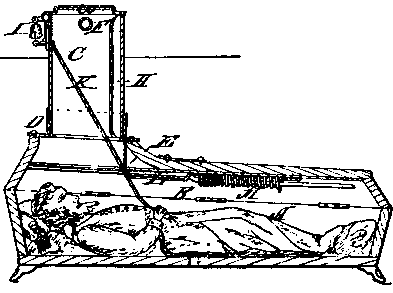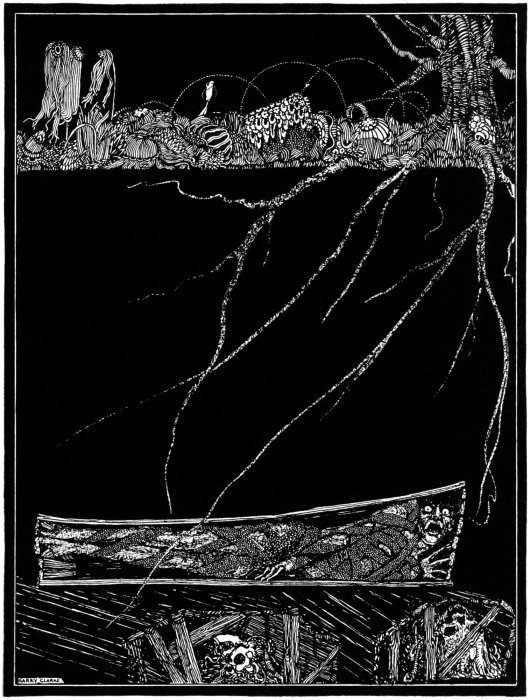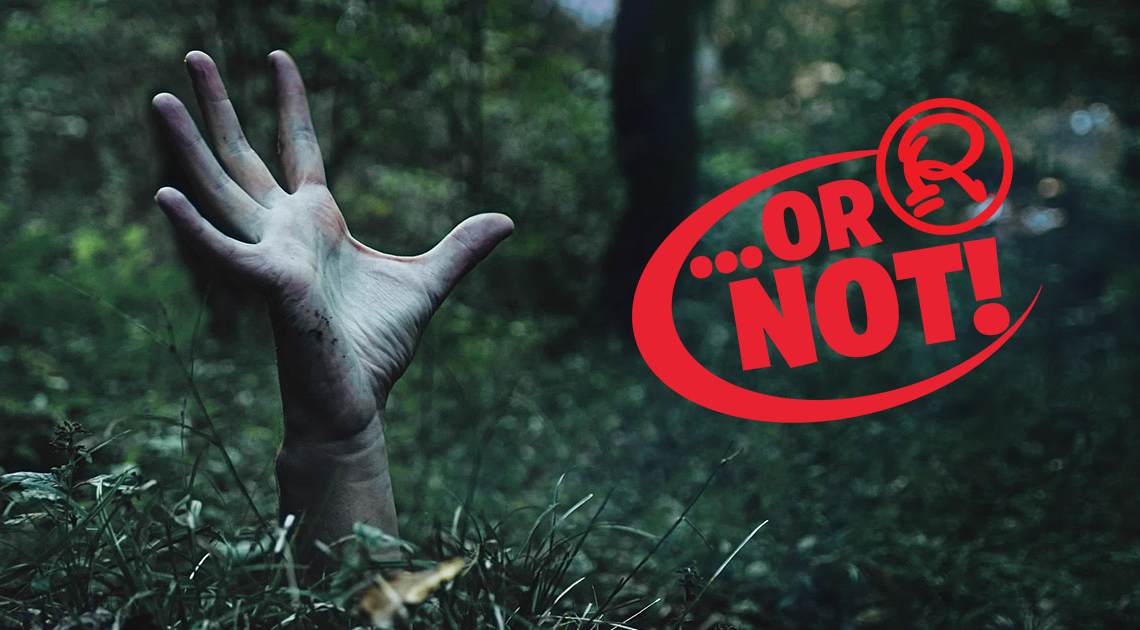You may have heard the popular expression “saved by the bell” in reference to the popular ’90s TV show or because it’s equated to a centuries-old practice in which people were buried with bells in their coffins so they could alert others in case they were inadvertently buried alive. But did this practice actually occur?
Keep reading to learn more, and find the true meaning behind the phrase “saved by the bell.”
Behind the Bell
The story goes that during the 17th century people were mistakenly declared dead when they weren’t quite dead either due to a comatose condition or some other malady. In order to give these very-much-alive people a way out, they were buried with a bell tied to a finger or other part of the body. They could then ring the bell to signal someone on the surface, who would stand guard by the grave for 24 hours specifically because they wanted to make sure the corpse was, in fact, a corpse.

via Wikimedia Commons.
In fact, several patents for safety coffins were created in the 19th century just in case an individual was buried alive, according to Smithsonian Magazine. These coffins included a mix of gadgets that allowed them to breathe, alert others, and even escape their graves.
Dr. Johann Gottfried Taberger created a bell system for coffins in 1892. Strings were attached to the body’s head, hands, and feet and were connected to a bell perched above ground, and a cemetery watchman would be alerted if the bell rang, according to History Collection.
Grave Examples
Famed poet Edgar Allan Poe wrote a short story about the topic. Published in 1844, “Premature Burial” centers on a man with a condition that causes a “death-like trance.” He’s so scared of being buried alive that he builds a tomb that allows him to signal for help in case he’s mistakenly declared dead.

Illustration for Edgar Allan Poe’s story “The Premature Burial” by Harry Clarke (1889-1931), published in 1919. Via Wikimedia Commons.
In addition, there are actual cases in which people were buried alive, which would have necessitated safety coffins. For example, in 1674 a woman named Alice Blunden passed out after drinking copious amounts of poppy tea that may have been infused with codeine and morphine. A doctor declared her dead, but two days later children playing near her grave reported hearing noises.
Authorities dug up the coffin and found Alice’s body covered in bruises determined to be self-inflicted from her struggle six feet under. She was in such bad condition and once again appeared dead, but it was decided to leave her in the coffin unburied with people watching her overnight, just in case. Apparently it had been a rainy night, however, and the watch decided to take refuge indoors and placed the lid back on Alice’s coffin. The next morning, poor Alice was found to have new self-inflicted wounds. This time, sadly, she was truly dead and buried for the final time.
True or False?
Patented safety coffins include models that circulate fresh air into the box and battery-powered alarms. However, according to the website I’m a Useless Info Junkie, there’s no proof that people were actually buried in these types of coffins and no evidence that lives were saved because of them.
As for the expression “saved by the bell,” there’s no record of its usage until the 19th century. It was used as boxing slang to indicate the end of a round, not in reference to saving someone who is buried alive. Instead, if a boxer was performing poorly and the bell rang, it “saved” him from being defeated.
By Noelle Talmon, contributor for Ripleys.com










Comment Your Reaction